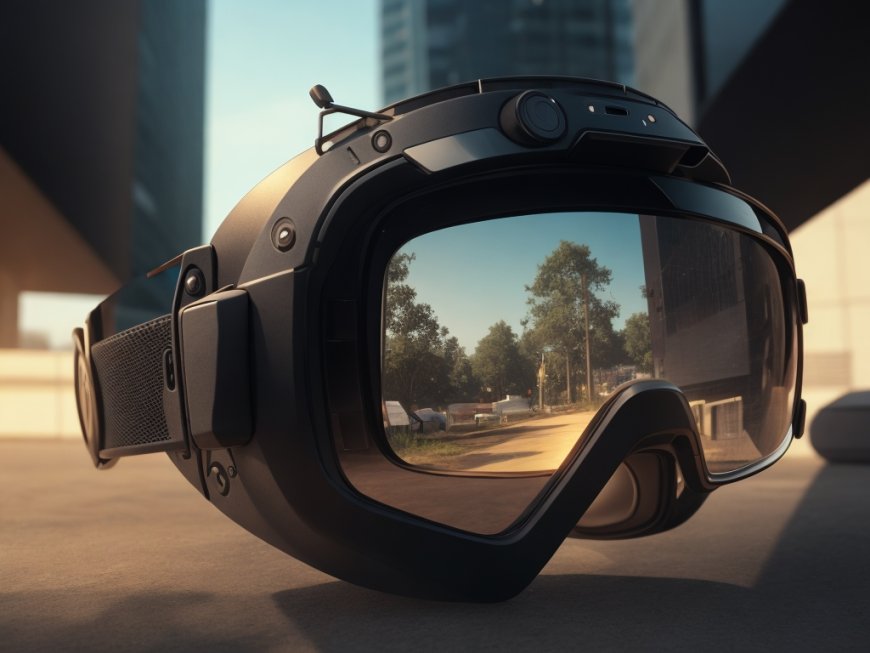AR: Bridging Realities, Shaping Tomorrow's World

In the ever-evolving realm of technology, few innovations have captured our imagination and potential like Augmented Reality (AR). This groundbreaking technology has gone from science fiction to real-world applications, reshaping industries and changing the way we interact with the digital world. From gaming to education, from healthcare to retail, AR is leaving its mark on every sector it touches. In this article, we'll delve into the exciting world of augmented reality, exploring its current impact and its boundless future possibilities.
The Rise of Augmented Reality
Augmented Reality, often abbreviated as AR, is a technology that overlays digital information, such as images, videos, or data, onto the real world. Unlike Virtual Reality (VR), which creates entirely immersive digital environments, AR enhances our perception of the real world by adding digital elements to it. The concept of AR gained significant attention with the introduction of smartphone apps like Pokémon Go, where users could catch virtual creatures in real-world locations. This marked the beginning of AR's journey from a niche concept to a mainstream technology.
AR in Various Industries
-
Gaming: Pokémon Go's massive success demonstrated the potential of AR in the gaming industry. Since then, game developers have been exploring new ways to integrate AR into gameplay, enhancing user experiences by blending the virtual and real worlds.
-
Education: AR is transforming the way we learn by making educational content more engaging and interactive. Imagine students exploring the solar system or historical landmarks through their tablets, seeing digital models overlaid on their physical surroundings.
-
Healthcare: From surgical training simulations to aiding doctors in visualizing complex medical data, AR is revolutionizing healthcare. Surgeons can use AR to superimpose critical information directly onto a patient's body during procedures.
-
Retail: AR is changing the way we shop. Virtual try-ons allow customers to see how clothing or accessories look on them without physically trying them on. Home furniture stores offer the ability to visualize how furniture would fit in your living space before making a purchase.
-
Architecture and Design: Architects and designers are using AR to create interactive 3D models of their projects. Clients can walk through a virtual representation of their future building, exploring every detail before construction begins.
Challenges and Future Prospects
While AR holds immense promise, it also faces challenges. Technical limitations, such as the need for better tracking accuracy and more comfortable wearables, must be addressed for the technology to reach its full potential. Privacy concerns and the need for effective integration into everyday life are also critical areas of development.
Looking ahead, the future of AR seems limitless. As technology advances, we can expect more immersive and seamless experiences. The advent of smart glasses that overlay digital information onto our field of view without requiring us to hold up a device could be a game-changer. Imagine walking down the street and seeing real-time navigation cues directly in your line of sight or receiving contextual information about the places you visit.
Augmented Reality has come a long way from its early days as a niche concept. Its integration into various industries is reshaping the way we interact with technology, information, and the world around us. From gaming and education to healthcare and retail, AR's potential is being harnessed in innovative and exciting ways. While challenges remain, the ongoing development of this technology promises a future where the line between the physical and digital realms is beautifully blurred, enhancing our lives in ways we never thought possible.
What's Your Reaction?





































































































